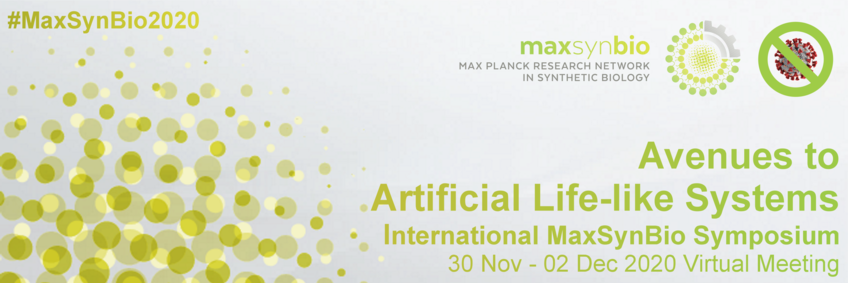
#13 - Crowdsourced rRNA design discovers superfolder ribosomes
Antje Kruger (Northwestern University, Evanston)
Monday, 30 Nov and Tuesday, 01 Dec 21:15 - 22:00 CET
Access to the BigBlueButton rooom for this Mini Talk via the lists for Monday and Tuesday.
Please make yourself familiar with BigBlueButton before you join the Mini Talk - read the instructions.
Abstract
Title: Crowdsourced rRNA design discovers superfolder ribosomes
Author(s): Antje Krugera, Andrew M. Watkinsb, Roger Wellington-Oguric, Eterna Playersc, Rhiju Dasb, Michael C. Jewetta
Affiliations: aNorthwestern University, Evanston, USA; bStanford University, Stanford, USA; cEterna Massive Open Laboratory, Stanford, USA;
Abstract: The ribosome polymerizes standard amino acids into proteins in a sequence-defined and highly accurate manner. Its capabilities could be harnessed for the sustainable synthesis of next generation therapeutics and materials. However, understanding and engineering the ribosome has been challenging - at the heart of the ribosome are three RNAs (rRNAs), facilitating mRNA decoding and amino acid polymerization. The state of the art for making rRNA mutants are error-prone PCR and computational methods. The gigantic rRNA sequence space, however, combined with a poor understanding of the relationship of rRNA sequence, folding, and function limits the success of these methods. For an alternative approach to designing functional rRNAs, we turn to Eterna, an online video game that crowdsources RNA sequence design to video gamers in the form of puzzles. Players aim to mutate the wild-type E. coli rRNA sequence while maintaining the desired ribosomal secondary structure according to well understood secondary structure folding thermodynamics. In collaboration with Eterna, we aim to discover 16S and 23S rRNA sequences that fold, assemble and perform better under in vitro conditions than the wild-type ribosome. These new „superfolder" ribosomes can provide new insights into the ribosome's rRNA sequence-folding-function relationship and could be harnessed as starting points for ribosome engineering.